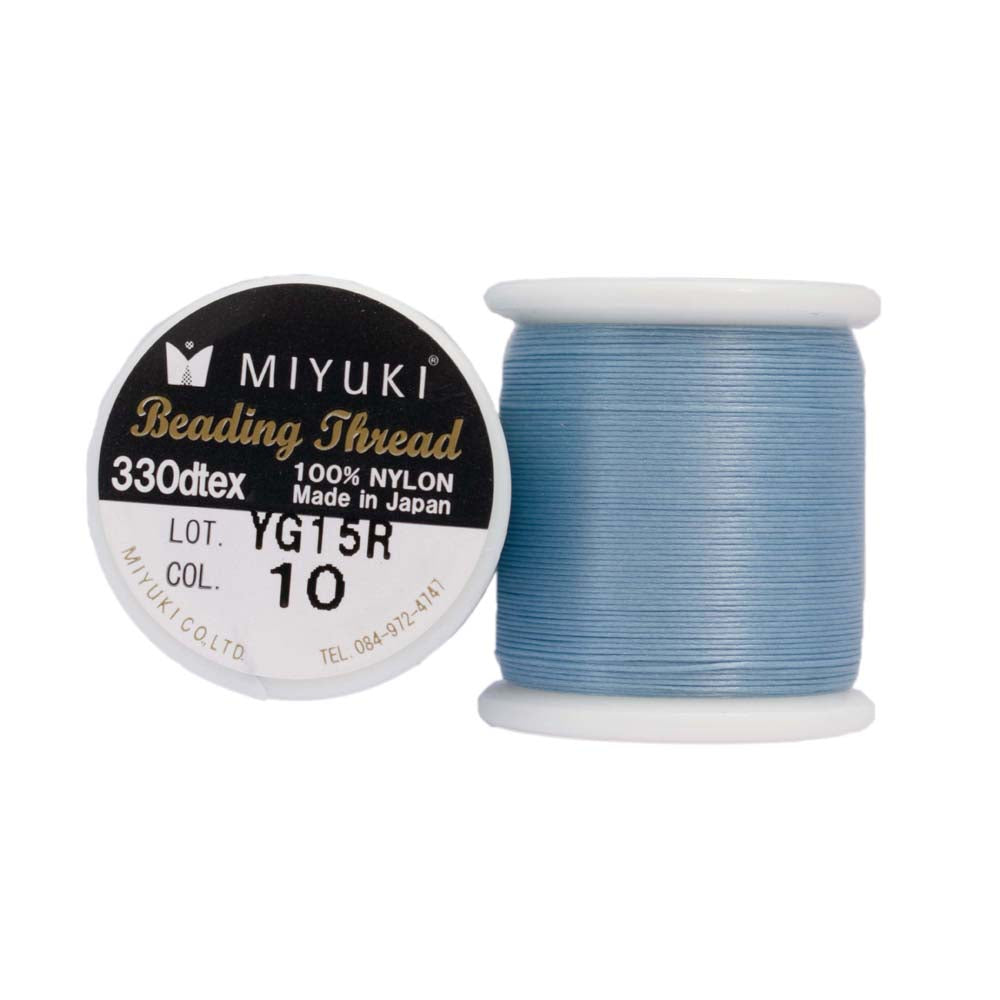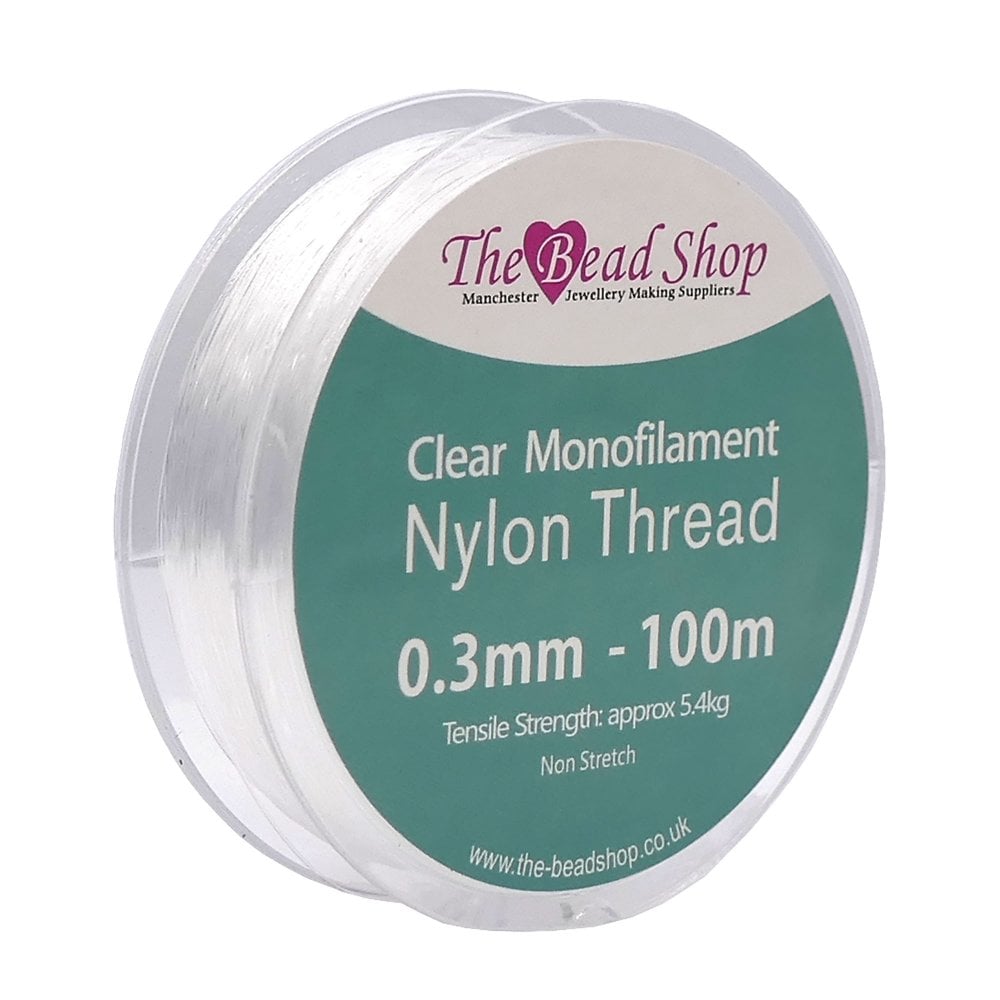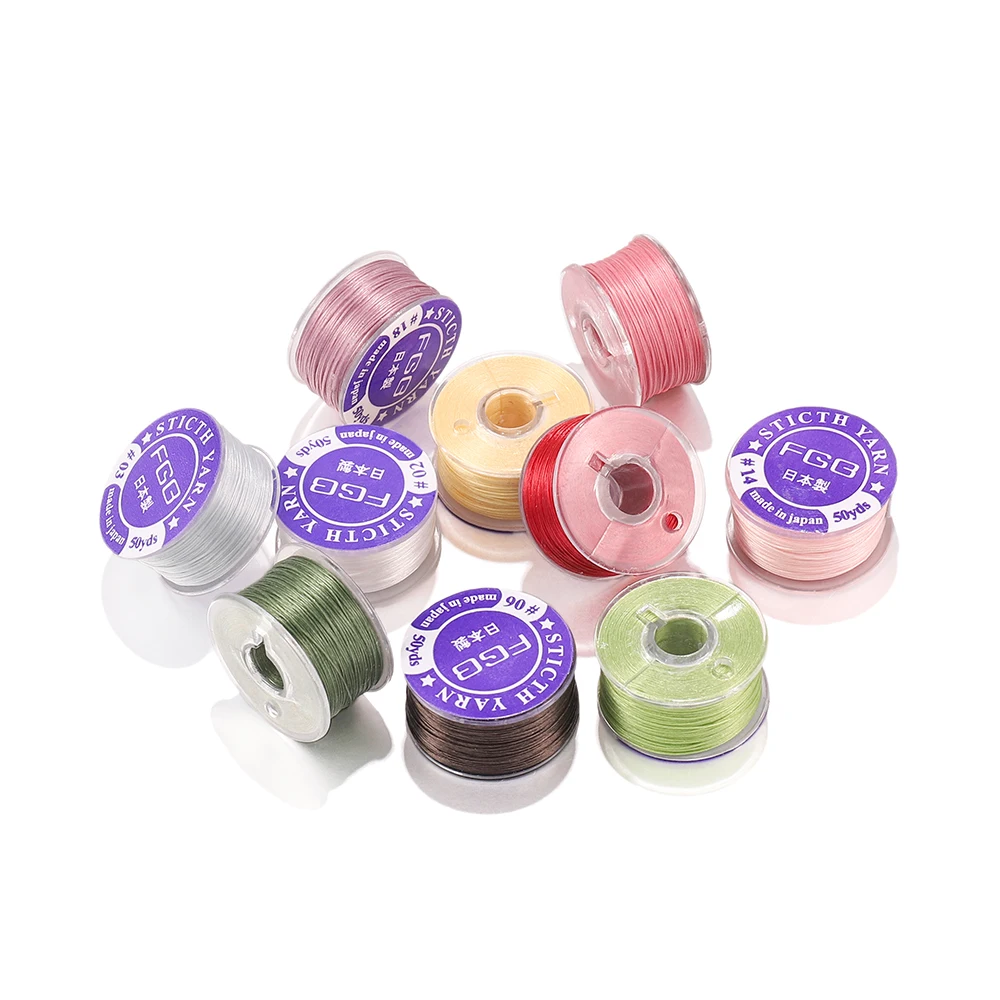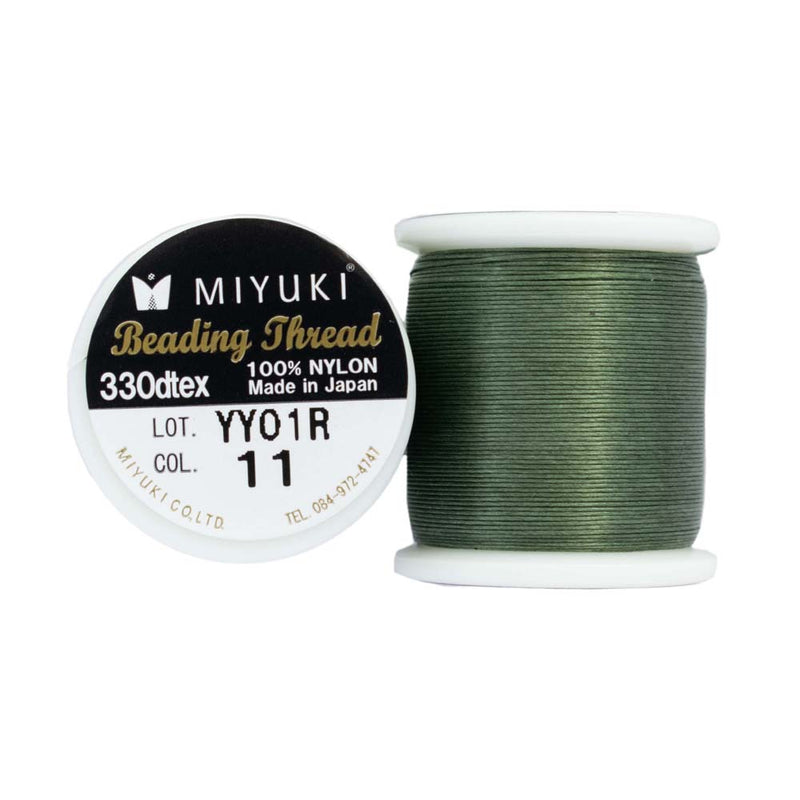Introduction to Nylon Beading Thread
Nylon beading thread is an essential material for any jewelry-making enthusiast. Its versatility and durability make it a popular choice. Predominantly used in a variety of beadwork projects, this thread stands out due to its exceptional performance. Let’s explore the ins and outs of nylon beading thread, highlighting why it is a go-to for many crafters.
Characteristics of Nylon Beading Thread
Strength and Durability
One of the most compelling reasons for choosing nylon beading thread is its impressive strength. Made from synthetic polymers, this material is designed to handle the stress of intricate beading work. Unlike other threads that may fray or snap, nylon offers a robust and enduring solution. Its strength ensures that your designs will last, standing up to wear and tear. This durability is indispensable for pieces meant to be cherished for years.
Flexibility and Manipulation
Nylon beading thread also scores high on flexibility. Its fine yet sturdy nature allows for smooth manipulation, making it easy to thread through small beads. This flexibility is particularly beneficial in creating intricate and complex designs. With nylon thread, you can achieve tight knots and detailed patterns without compromising the overall integrity. This characteristic also makes it highly suitable for a variety of stitches and techniques.

Types of Nylon Beading Thread
Monofilament Nylon
Monofilament nylon thread is a single strand thread known for its particular strength. Often compared to fishing line, it boasts high tensile strength and minimal elasticity. This type of thread is clear, which makes it almost invisible once your beading work is complete. It’s ideal for projects that require a strong, discrete thread. Monofilament is also resistant to moisture, ensuring that your projects are both resilient and aesthetically pleasing.
Twisted Nylon
Twisted nylon thread consists of multiple strands twisted together, enhancing its overall strength and flexibility. This type of thread is available in various thicknesses and colors, allowing for greater customization. Its robust nature makes it suitable for projects needing additional support, such as multi-strand designs. The twisted structure also aids in preventing slippage, ensuring that beads remain securely in place. For larger beads or more complex designs, twisted nylon is often the thread of choice.
Applications of Nylon Beading Thread
Jewelry Making
Nylon beading thread is indispensable in the world of jewelry making. Its strength and flexibility make it ideal for stringing beads and gemstones. Whether creating necklaces, bracelets, or earrings, this thread can handle intricate designs with ease. Jewelry pieces made with nylon thread have a professional finish and are built to last. Furthermore, the variety of colors available ensures that the thread can blend seamlessly or add a pop of color to your creations.
Embroidery and Sewing
This versatile thread is not limited to just beadwork. It also finds applications in embroidery and sewing. Its fine nature allows for detailed stitching, making it suitable for embellishing fabrics with beads. Many fashion designers and textile artists opt for nylon beading thread for its ability to add intricate details to garments. Additionally, its strength ensures that beads and embellishments remain securely attached, even with frequent use and washing.

Tips for Working with Nylon Beading Thread
Choosing the Right Thickness
Selecting the appropriate thickness of nylon beading thread is crucial for the success of your project. Thinner threads are ideal for delicate beadwork and smaller beads. Conversely, thicker threads provide extra strength for larger beads and more substantial designs. Always consider the requirements of your project. A mismatch in thread thickness can result in ineffective work and compromised durability.
Proper Knotting Techniques
Proper knotting techniques are vital for ensuring the durability of your beaded creations. Nylon thread can be challenging to knot due to its slick nature. Therefore, it’s essential to use secure knotting methods to prevent slippage. Techniques such as the surgeon’s knot or square knot are highly recommended. Additionally, a dab of jewelry glue on the knots can offer extra security. Practicing these techniques will result in more robust and polished designs.
Advantages of Nylon Beading Thread
Cost-Effective
Another advantage of nylon beading thread is its cost-effectiveness. This material is relatively inexpensive compared to other beading threads like silk or cotton. Despite its lower price, it doesn’t compromise on quality. Therefore, you can produce high-quality beadwork without breaking the bank. This makes it an excellent choice for beginners who are just starting their beading journey.
Wide Availability
Nylon beading thread is widely available both online and in craft stores. This accessibility means you can source it easily for your projects. Additionally, many brands offer nylon thread, giving you a broad range of options to choose from. Whether you’re looking for specific colors or thicknesses, you’re likely to find what you need. Having easy access to this essential material ensures that your crafting process remains uninterrupted.

Challenges of Using Nylon Beading Thread
Knotting and Tangling
One of the challenges faced when working with nylon beading thread is knotting and tangling. Its smooth texture, while advantageous in many ways, can sometimes cause the thread to slip and tangle. This can be frustrating and time-consuming to fix. To avoid this issue, always measure and cut the thread carefully. Additionally, working in a well-lit area can help you manage the thread more efficiently. Practice and patience are key in overcoming this challenge.
Needle Compatibility
Another challenge is finding the right needle to use with nylon beading thread. Due to its varying thicknesses, not all needles will be suitable. Thinner threads require finer needles, often making it difficult to thread. Conversely, thicker nylon threads may not pass through the eye of a standard beading needle. It’s essential to have a variety of needle sizes on hand. This ensures compatibility and smoother workflow, especially in more complex projects.
Eco-Friendliness and Sustainability
Biodegradability
A significant concern today is the environmental impact of materials used in crafting. Nylon, being a synthetic polymer, is not biodegradable. This raises questions about its sustainability. However, some companies are beginning to explore eco-friendlier options for producing nylon thread. It is important to choose brands that prioritize sustainability. Efforts in recycling and reducing waste are positive steps towards a more eco-friendly crafting environment.
Sustainable Practices
Crafters can also adopt sustainable practices to mitigate the environmental impact of using nylon beading threads. Recycling leftover threads and reducing waste are effective ways to contribute. Additionally, supporting brands that use recycled materials can make a difference. By being mindful of our material usage, we can enjoy our craft while being environmentally conscious.
Conclusion: A Crafting Essential
In conclusion, nylon beading thread stands out as an indispensable asset in the craft and jewelry-making world. Its unparalleled versatility is manifest in its blend of strength, pliability, and wide range of available colors and thicknesses, making it suitable for projects that require durability without sacrificing aesthetic appeal. The thread’s resistance to fraying and ease of use ensures an efficient workflow, whether one is stringing delicate beads or creating intricate designs. Moreover, its compatibility with various beading techniques and materials, from semi-precious stones to glass beads, further underscores its adaptability. As a result, nylon beading thread not only fosters creativity but also ensures the longevity and professional quality of the finished pieces. Therefore, for both novice hobbyists and seasoned artisans, nylon beading thread remains a go-to resource that can meet an array of crafting demands, proving its enduring role in the art of jewelry making.
